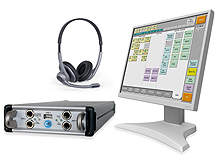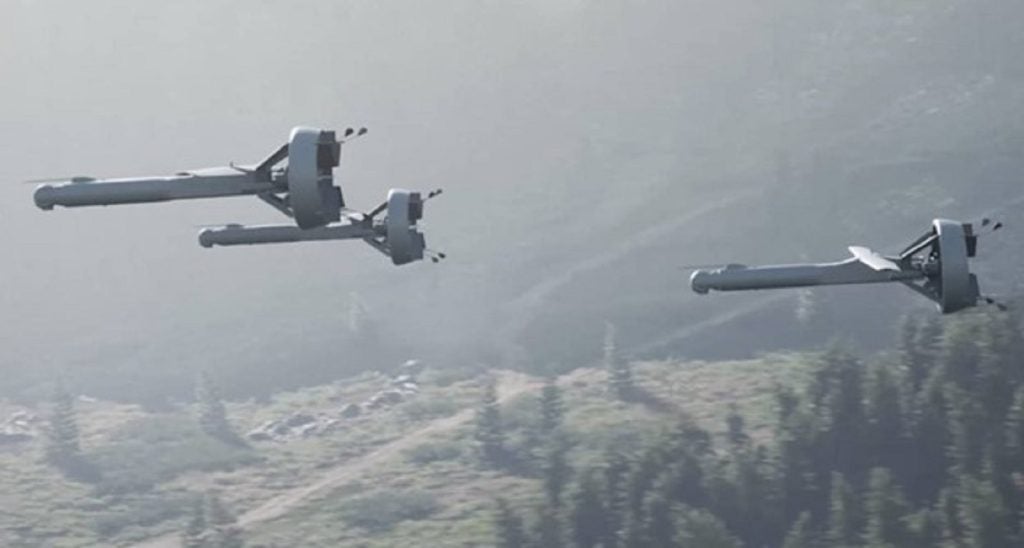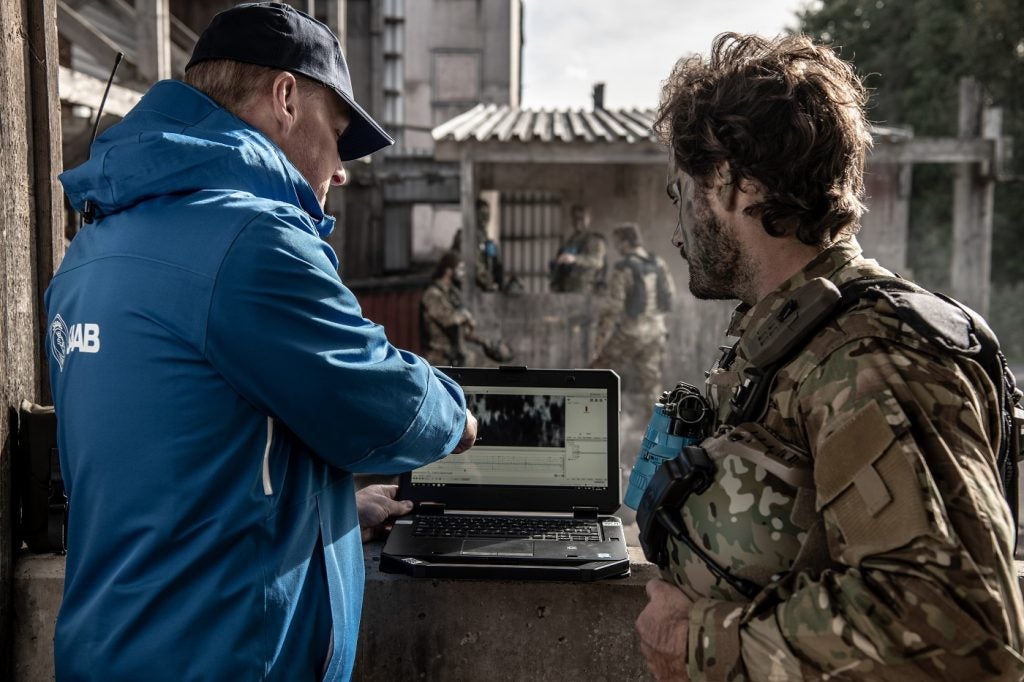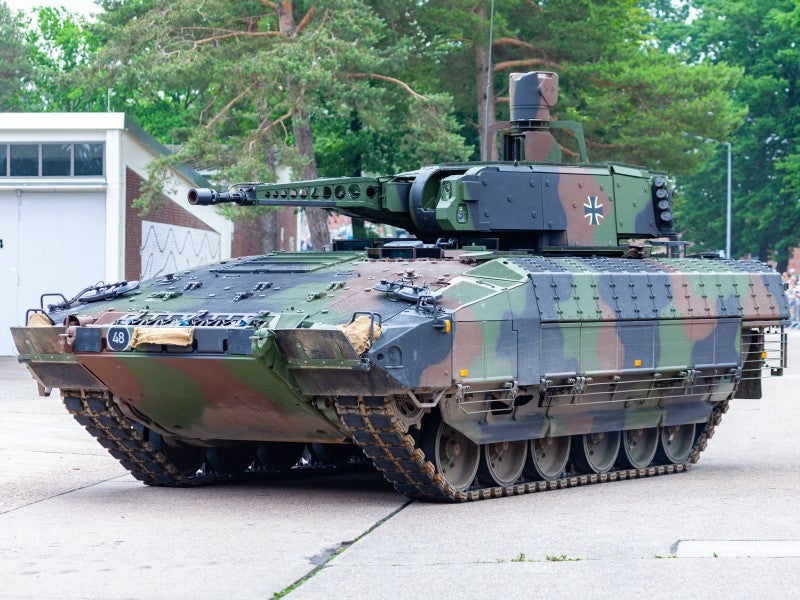
In the modern military, there are various acronyms that are used to distinguish between the different types and levels of services provided by military communications systems. Among the mostly widely used is C4I, which stands for command, control, communications, computers and intelligence.
In recent years, internet protocol (IP) has been adopted as the standard set of rules for communication of voice and data on the battlefield and in command centres. IP provides standards of security, international compatibility between systems and the ability to use common off the shelf (COTS) components.
The challenges faced by modern C4I systems can be examined through the example of the military IP-based communications systems provided by Australia based C4i, part of the LongReach group of companies, and the secure communications provided for Nato operations in Afghanistan by Thales.
End-to-end communication
One company very familiar with the challenges faced by modern C4I systems is Australia’s aptly-named C4i, which has managed to produce end-to-end interoperable communications systems for mobile front-line units, forward operating bases and command centres.
C4i has systems with the US Air Force, Army and Navy, the Australian Navy and Air Force, and has a system running at RAF Mildenhall in the UK. A solution the company provided for the Royal Thai Air Force (RTAF) is one of the biggest and the first of its kind, an end-to-end voiceover IP national air defence system, which enables users to access any RTAF radios anywhere from any air base.
See Also:
According to C4i managing director Peter Harrison, the shift to IP for military communications over the last decade has been a significant one. “It means traditional IT technology can be applied to a C4I application. This greater leverage on the hardware and a greater focus on the software make it upgradable,” he says. “The defence world was slow to adopt IP technology, but these days it’s mainstream and accepted in new tenders.”
How well do you really know your competitors?
Access the most comprehensive Company Profiles on the market, powered by GlobalData. Save hours of research. Gain competitive edge.

Thank you!
Your download email will arrive shortly
Not ready to buy yet? Download a free sample
We are confident about the unique quality of our Company Profiles. However, we want you to make the most beneficial decision for your business, so we offer a free sample that you can download by submitting the below form
By GlobalDataHarrison says that though IP brings unprecedented levels of standardisation, there is still a challenge in adapting systems to fit an armed force’s needs. “Defence forces around the world are notorious for holding on to legacy equipment, so there’s often extra development interfacing with something they’ve had for multiple decades to maximise previous investments,” he says.
The near future for military communication systems can be characterised by the increasingly widespread adoption of open standards.
“All of our traditional competitors and partners are adopting open standards or other industry standards which allows for faster deployment and development of new systems,” says Harrison. “New projects tend to have a very short time frame to be operational. Standards mean new products are already 70% – 90% there with an integration rather than development exercise to do.”
Harrison also predicts that future technology will feature upgradable software to extend its life and enable it to grow to meet the changing needs of the military. He also believes future hardware will be increasingly small and rugged and sees an increased market for C4i’s red / black products, which provide secure and non-secure integrated solutions designed specifically for the mobile tactical environment.
Security and resilience
Nato has recently renewed a contract with Thales Communications to operate its highly secure communication and information systems for the member nations of the International Security Assistance Force (ISAF) in Afghanistan for a further two years.
Laurent Maury, VP customer support and services for Thales, explains: “The contract is about providing a highly secure and resilient communication background for the nations of the ISAF in the framework of an outsourced service contract, initially issued by the Nato Consultation, Command and Control Agency (NC3A) in 2006.”
Thales provides and maintains an infrastructure communication service, a backbone communications structure across all of Afghanistan that includes everything up to the operating systems of computers and telephones. The components are interconnected by a variety of physical means, including satellite and cable, as well as being linked to databases. Nato is responsible for the functional area services (FAS), the application layer of their communications.
Because of the sensitive and critical nature of the military data communicated, Thales has to meet stringent key performance indicators (KPIs) through a service level agreement (SLA) that guarantees better than 99.98% availability of service.
“This means less than six minutes a month of unavailability on any point of presence in Afghanistan, and that includes the unavailability for maintenance and servicing,” says Maury. “We have a mean time to restore service in the region of two hours. This means our service infrastructure includes permanent support at each of ISAF’s 90 points of presence, plus logistics and a reinforced infrastructure covering all of the Afghanistan territory.”
The system is organised around two hubs and five regional centres and the points of presence (POPs) which can be of two types – provincial reconstruction teams (PRTs) and operational mentor and liaison team (OMLTs). Other POPs are gateways from the ISAF network to national networks that are controlled by the ISAF member nations. There is also a back haul link to Nato headquarters in Europe.
The system is built from 99% COTS hardware and software, and Thales had to select particularly robust equipment to cope with the conditions in Afghanistan. “It’s very cold in the winter, very hot in the summer and very dusty country, and we paid a lot of attention to that because of the availability levels we had to reach,” says Maury. “We had to install the system in plain earth, in very remote and often hilly areas.”
Another challenge was that many locations outside of Kabul did not have grid electricity, so every switch and server installed had to be provided with a power generator and a fuel container.
Through the duration of the programme, Maury has seen ISAF demands for the system change as new technology generates new data to communicate. “You find that now on the network you have videos coming from UAVs or IP telephones that need to be connected – there are things every day that keep on changing that you have to quickly adapt to.”
The future
Now military C4I systems have settled on IP as a communication standard, systems can be built for the longer term. Using COTS components and with the systems being software upgradable while being compatible with legacy systems, systems can grow and change to meet new requirements.







